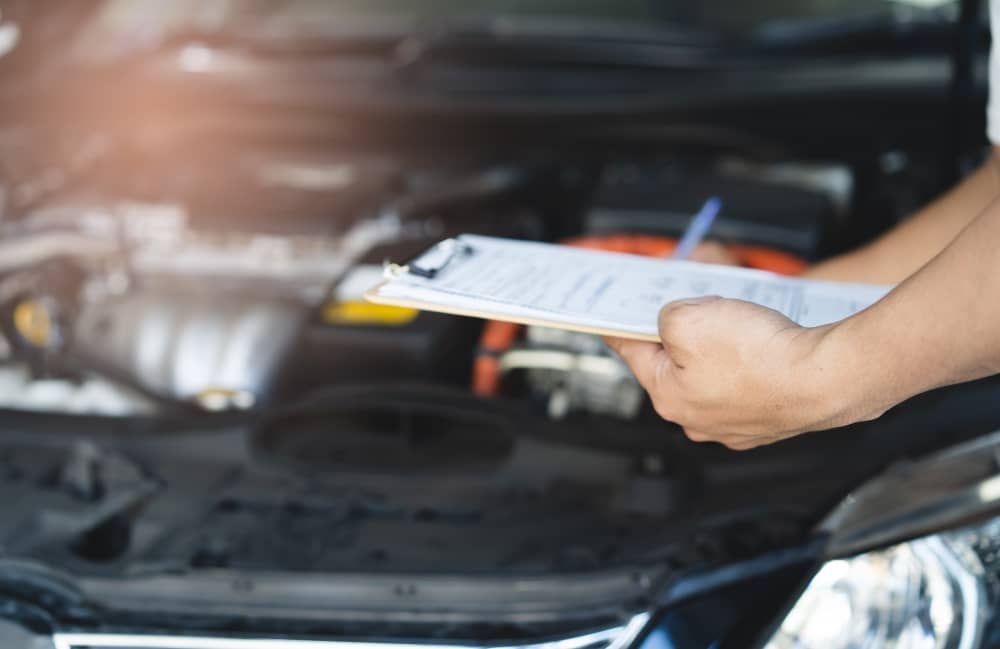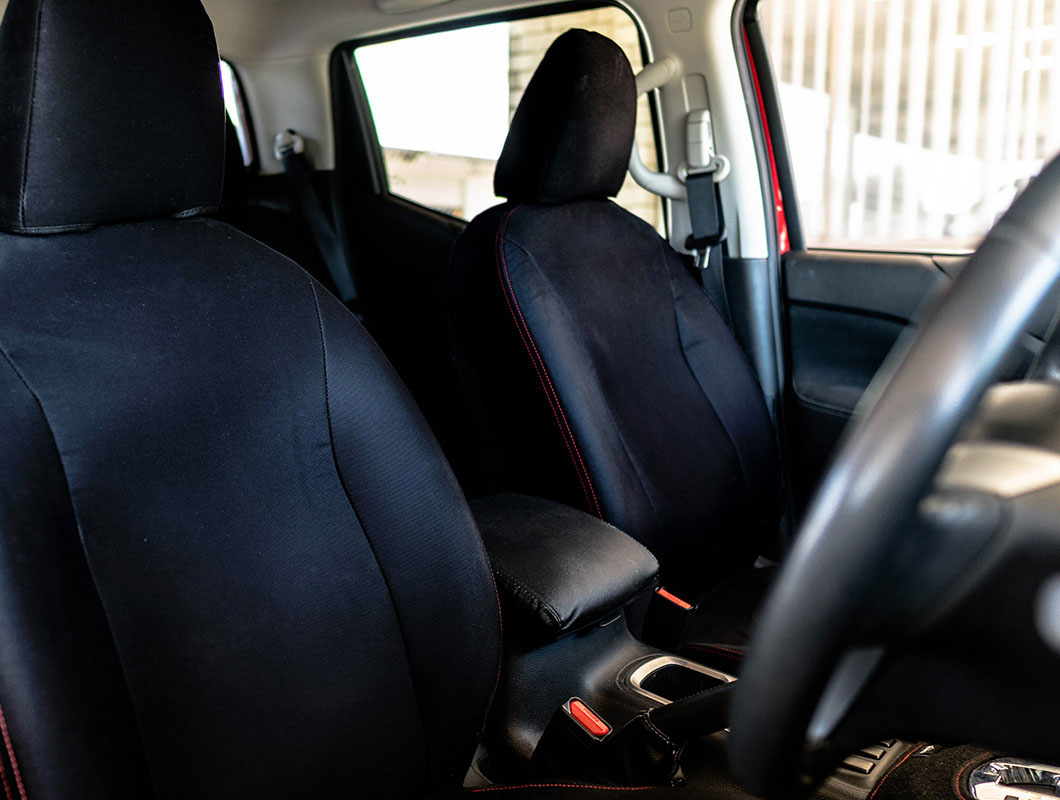
Buying a new vehicle is exciting, but it’s important to run through this checklist of what to do after you purchase a new car.
These 8 steps will help you protect your investment and make the transition to your new vehicle as seamless as possible.
8 Things to Do If You Just Bought a New Vehicle
Some of these steps may have already been completed if you purchased a car from a dealer. However, it is still good to run through this checklist and make sure all steps are in order.
1. Browse the Manual
First things first: browse the manual for your new vehicle. Your new car will have different functions and methods of operation than your last vehicle.
For instance, do you know how to turn on the wipers? Where is the cruise control? Where is the emergency brake located?
The owner’s manual will cover important safety information, explain the different functions of the vehicle, and list emergency numbers. You certainly don’t need to read the manual cover to cover, but we do recommend browsing through it and making sure you understand how to operate the vehicle safely.
2. Get Insurance
Getting insurance is one of the most important steps after buying a car. Vehicle insurance protects you and is required in most states before you can legally get your car licensed and registered.
We recommend taking some time to shop around with different insurance providers, which can save you hundreds of dollars a year.
When choosing a car insurance provider, research their reviews, their customer service rating, and factor in how many kilometres you average per year and how frequently you drive.
3. Cancel Insurance on Your Old Vehicle
Along with making sure to get insurance coverage on your new vehicle, you’ll want to cancel insurance coverage if you sold your previous vehicle.
It’s easy to put all the focus on your new car, but don’t forget to cancel coverage if you sell your old car so you aren’t double-paying.
4. Set Up a Regular Service Schedule
One of the best ways to protect your investment and maintain your car’s resale value is by getting it regularly serviced.
Ask your dealer or check with the manufacturer about the recommended maintenance schedule for your vehicle and keep up with it.
Regular oil changes and inspections play a direct role in keeping your car running smoothly and reliably. Following the recommended maintenance schedule also helps maximise your vehicle’s resale value should you decide to sell it.
5. Save All Paperwork
Find a safe spot to store all of your paperwork and vehicle records, including insurance policies, registration, and the title.
Other paperwork and documents to save include:
- Bill of sale, if applicable
- Any documents related to a vehicle loan, if applicable
- Change of ownership, vehicle transfer, notice of disposal forms, or any other pertinent forms
A fireproof safe or a safe deposit box at your local bank are great options to consider for secure document storage.
6. Get Your Vehicle Registered and Licensed
To register your vehicle, you’ll need to prove your identity, prove your address, and show proof of insurance. If you purchase your car through a dealer, they usually handle this step. You’ll also need to pay any state or local sales tax and any other local transaction fees.
As you wait for the official registration and permanent license plates, you’ll most likely be issued a temporary registration along with temporary plates for your vehicle.
Always double-check local and state requirements on how to register your car. It is illegal to drive an unregistered vehicle and may result in fines or penalties.
7. Transfer the Title
A vehicle’s title proves ownership of a vehicle and is one of the most important documents associated with your new car. In some states, transferring the title is the responsibility of the buyer. In other states, this task falls on the seller.
Both the buyer and seller should keep a copy of the title transfer. If you buy the car outright, the title should be transferred to you as the buyer. If you use a car loan to purchase the vehicle, your loan provider will hold the title until you show proof the vehicle is licensed and insured.
To transfer the title, you’ll be required to submit information such as your driver’s license number, address, and auto insurance company information.
8. Invest in Protective Materials or Upgrades
Investing in protective materials and upgrades for your vehicle can keep it looking new for years to come and support a higher resale value. Protective materials can also make it easier to clean and maintain your car.
We suggest protective materials and safety upgrades such as:
- A car cover
- Dashboard covers
- A dash camera
- Console covers
- High-quality carpet or rubber floor mats
- Quality seat covers
- Ceramic or graphene paint coatings to add gloss and hardness make it easier to keep your car looking clean and bright and protect against minor scratches, grime, UV rays, and damage
- Sun shades
Read More: 6 Benefits of Car Seat Covers
Need Help Outfitting Your New Car with the Best Auto Accessories?
Shevron Auto is your trusted Australian supplier of car protection parts and auto accessories. For over 3 decades, our family-owned business has grown to become one of Australia’s largest custom auto accessory manufacturers and distributors.
Give us a call at (08) 9451 4155, email us at sales@shevron.com.au, or fill out our online form and we’d be happy to offer personalised product recommendations for your vehicle.

